News Desk

As analytical methods get more sophisticated, existing scientific models are constantly reexamined. The latest to come under scrutiny is the way molecules are organized at the surface of a volume of salt water. See the research here.
Complex, multicellular life emerged on Earth 600-700 million years ago. For the first time, scientists have accurately dated some of the oldest examples of complex life. See the research here.

This research, which closely replicates findings in humans, offers new insights into how psilocybin could be used to treat psychiatric disorders such as alcohol use disorder. The findings have been published in Translational Psychiatry.

A new study suggests the disk was made to accurately represent the brightest stars at least 2,400 years ago, possibly as an aid for planting crops. But other experts are not convinced.
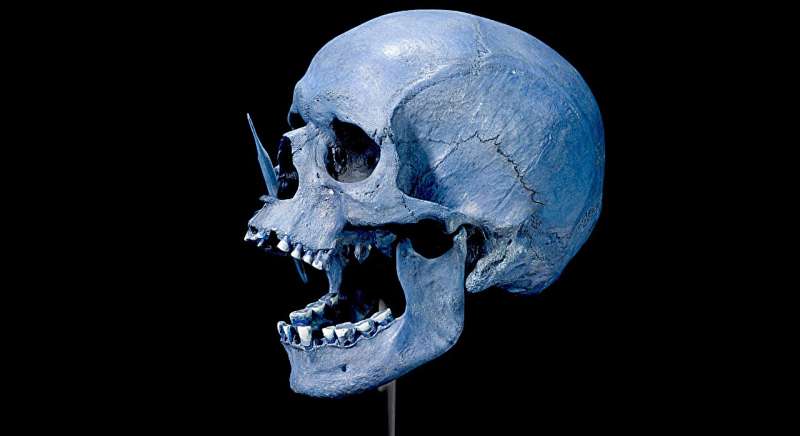
Four research articles published in Nature follow the genetic traces and geographical origins of human diseases far back in time. The analyses provide detailed pictures of prehistoric human diversity and migration while proposing an explanation for a rise in the genetic risk for multiple sclerosis. See the research here: Paper 1 , Paper 2, Paper 3, Paper 4
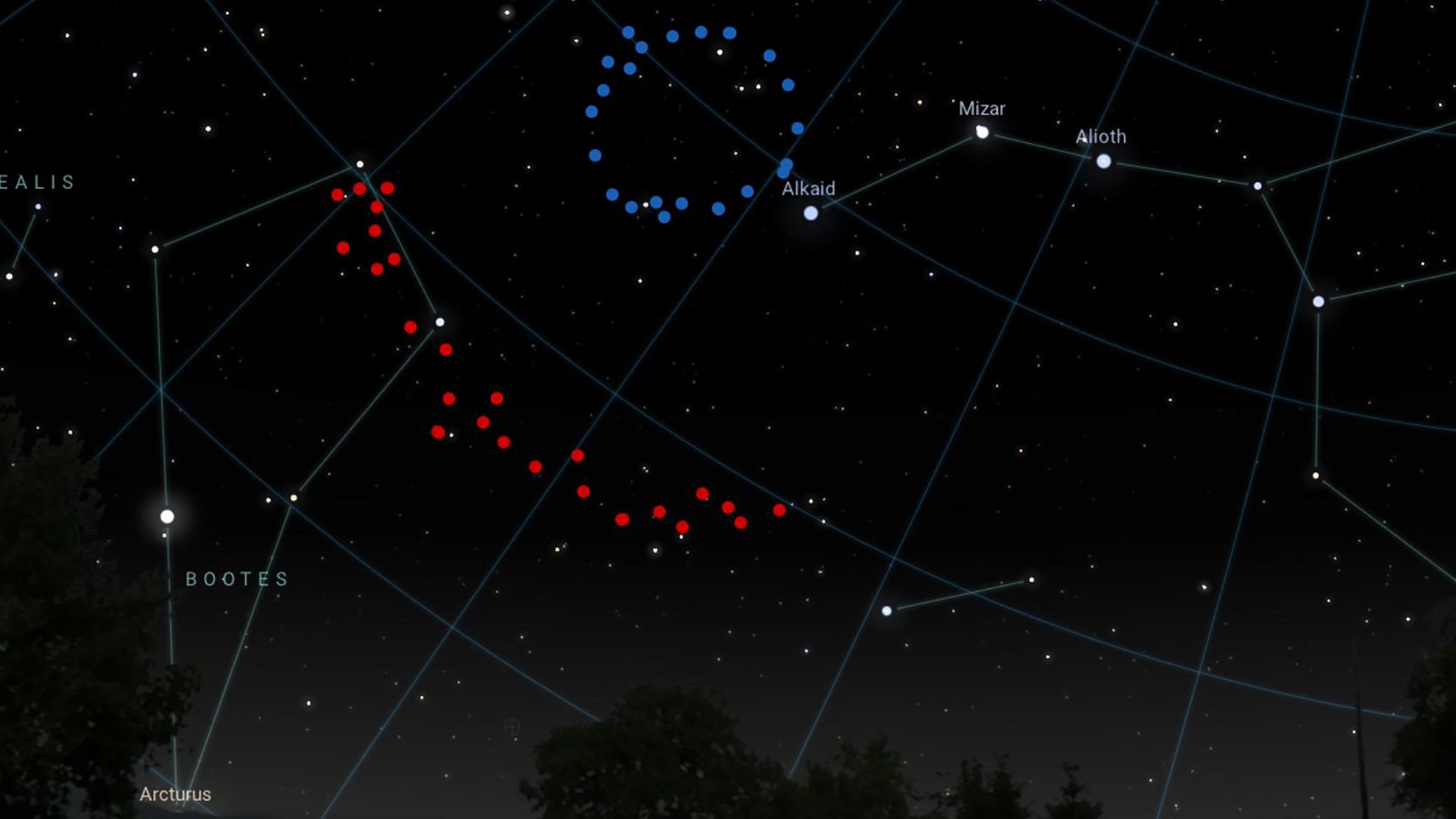
Scientists have discovered a huge ring-shaped structure in outer space – and it’s so big that it challenges our current understanding of the universe.

A pilot study investigating a group of adults visiting an ayahuasca retreat in Peru found significant reductions in their levels of inattention, hyperactivity, and impulsivity following their stay. These reductions occurred regardless of the duration of the retreat or the number of ayahuasca ceremonies attended. The paper was published in Drug Science.

In a study published Tuesday in Proceedings of the National Academy of Sciences, researchers from the US, UK and Mexico analyzed the genomes of more than 50 mushrooms from the Psilocybegenus—the group whose members almost all contain the psychedelic compounds psilocybin and psilocin.
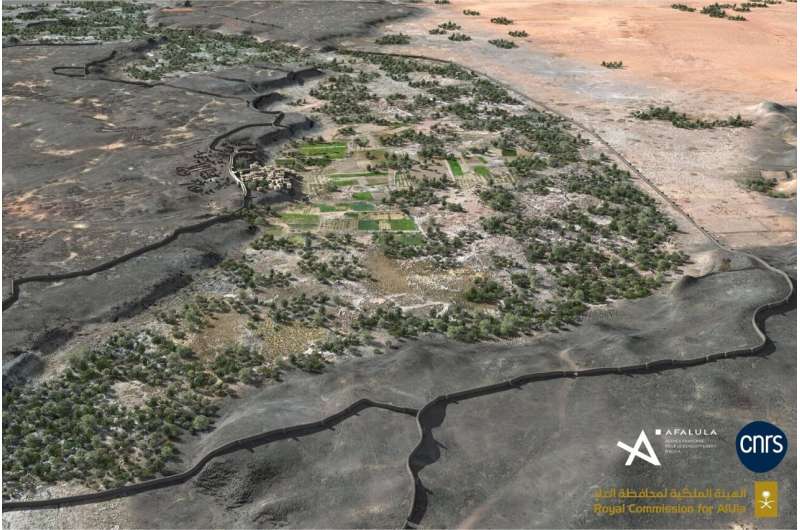
The North Arabian Desert oases were inhabited by sedentary populations in the 4th and 3rd millennia BCE. A fortification enclosing the Khaybar Oasis—one of the longest known going back to this period—has just been revealed by scientists. See the study here.

Archaeologists in Greece have discovered a 2,700-year-old temple that houses a horseshoe-shaped altar overflowing with offerings.

A huge ancient city has been found in the Amazon, hidden for thousands of years by lush vegetation. The discovery changes what we know about the history of people living in the Amazon.

A study led by an international team of researchers is shedding new light on the mystery of Gigantopithecus blacki, a giant prehistoric primate that once lived in what is now southern China.
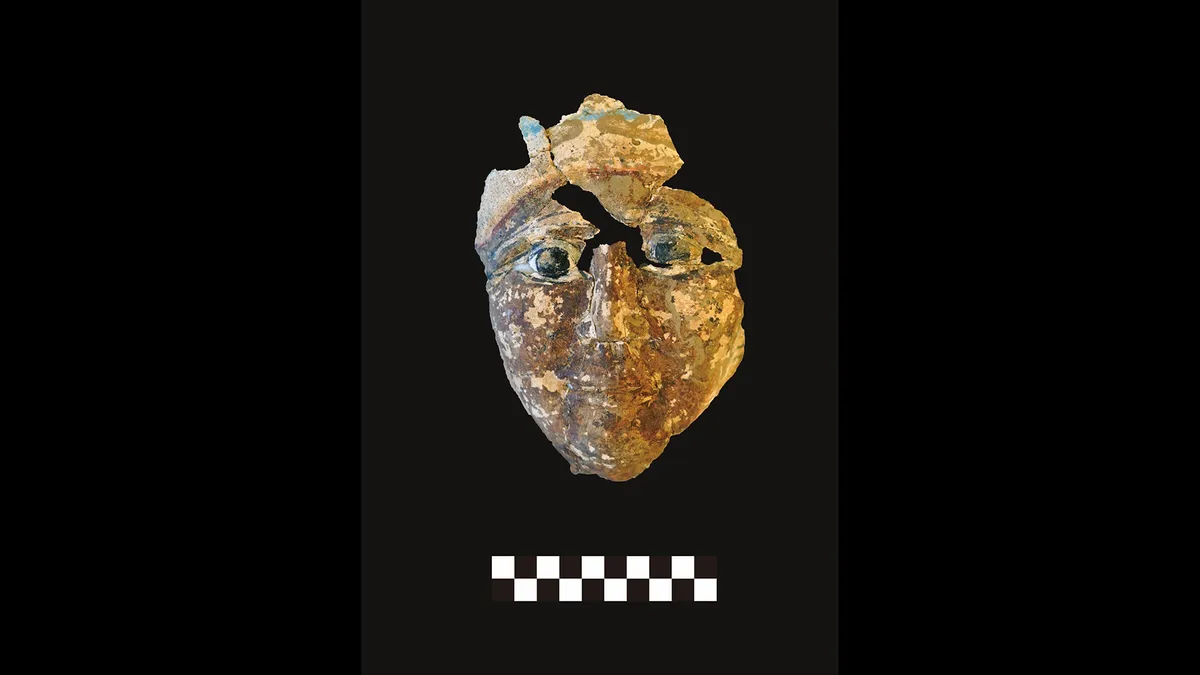
Archaeologists in Egypt have discovered a series of tombs dating from about 1,800 to 4,800 years ago, some of which contain colorful mummy masks and even the childlike statue of the god of silence.
:format(webp)/cdn.vox-cdn.com/uploads/chorus_image/image/73042304/eye_GettyImages_184418381.0.jpg)
It sounds too good to be true, but there’s serious science behind the hypothesis… For the past few years, Johns Hopkins neuroscientist Gul Dolen has been busy experimenting with psychedelics… And her groundbreaking research has found that all psychedelics have something special in common…
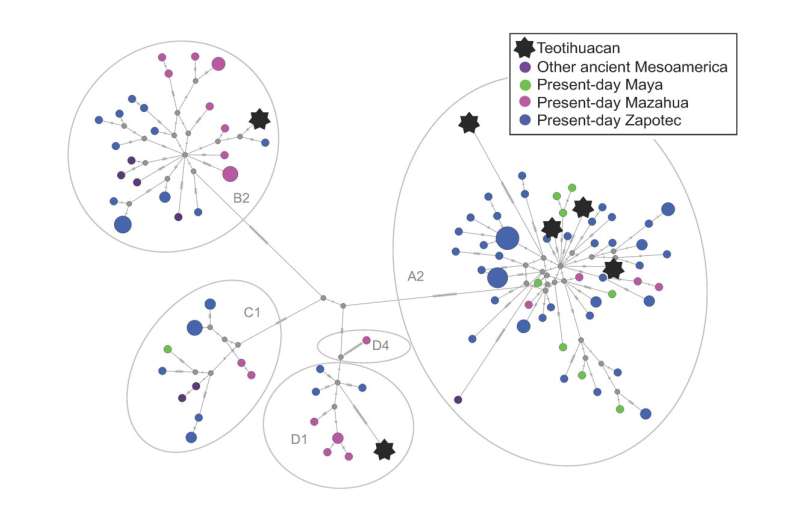
Scientists have determined the entire mitochondrial DNA sequences of these ancient Teotihuacans, revealing their genetic diversity. Additionally, this study demonstrates the dependence of Teotihuacans on maize as their primary food source. See the study here.

Gilded belt buckles discovered across Europe have revealed a previously unknown ancient fertility cult with ties across the continent, researchers believe. See the study here.








